Jimmy Adams
I had just enjoyed a delicious plate of spaghetti in my favourite Italian restaurant and felt I simply had to extend my compliments to the chef:
‘Luigi, this is the finest spaghetti I have ever had in my life. What did you put in it to make it taste so special?’
‘James,’ he said, ‘You are an investigative journalist, you respect confidentiality and safeguard your own interests as well as those of your informants. . .’
‘Yes, yes, of course, Luigi, but what are you getting at?’
‘. . . Then you and I have the same responsibility.’
‘I don’t understand . . .’
‘Well, just like you, I never reveal my sauces!’
Shadowy images suddenly flashed across my mind of the world’s foremost chess critic, Edward Winter, who most definitely does not share the same philosophy.
This was an omen, for sure. When I got home I turned on my computer and connected to his chesshistory.com website.
My heart skipped a beat as I read the opening words of his latest posting . . .
10554. Breyer
Just received: Gyula Breyer. The Chess Revolutionary by Jimmy Adams (Alkmaar, 2017). The title page of this 876-page hardback, an important work but a mixed blessing, adds: ‘In collaboration with Iván Bottlik. With translations from the Hungarian by Peter Szabó.’
When I read ‘an important work’ I thought for a microsecond that I had miraculously got Ed. Winter on my side, but then those words ‘but a mixed blessing’ spelt trouble and I knew it.
Lord, have mercy!
I read on and noticed that Ed. Winter had correctly reproduced the qualifications of Iván Bottlik and Peter Szabó but he had deleted the words ‘compiled and edited’ before my name. These words had real significance and I wondered what he was up to, as he is usually so meticulous on such matters of detail.
Anyway, he continued . . .
A number of points will be highlighted in due course in Chess: the Need for Sources.
Yes, and that ‘number’ would rapidly reach double figures. In fact Ed. Winter had so much to say that he changed his mind and made a separate item out of what he called my ‘inadequate presentation of sources’, instead of just absorbing them into his existing ‘feature article’ on the subject.
I wanted to close the whole thing down right away by telling him: ‘Look, Ed, these so-called “sources” of mine were in fact only ever intended as “acknowledgements” and not meant for any further use by the reader. So there is no question of these being “inadequate”, they were given out of common courtesy and to show the reader the wide range of publications that had featured material on Breyer.’
But there was more . . . a lot more to come.
10563. Breyer and sources (C.N. 10554)
One of the many reasons why a book should give precise sources is that they enable readers to check information independently. That process is often very difficult with Gyula Breyer. The Chess Revolutionary by Jimmy Adams (Alkmaar, 2017), as some examples will show.
I wonder what these ‘many reasons’ are? Ed. Winter does not say, although I suspect the prime reason for him is that giving ‘precise sources’ would facilitate his preferred task of comparing texts, looking for errors and discrepancies and then publishing his findings on chesshistory.com. He is very good at this – and consistently performs at an estimated 3000 Elo level.
However, my way of thinking was that any readers who had paid good money for The Chess Revolutionary would expect something very good in return. And here they were being offered all available Breyer material, biography, annotated games, magazine and newspaper articles, tributes, opinion, controversy, anecdotes, humour, joy, tragedy, deep analysis, compositions, historical discoveries, tournament tables etc., translated from eight different languages (Hungarian, German, Dutch, French, Swedish, Slovenian, Czech and Russian) into English and presented in an attractive format. It never occurred to me that there was any need to ‘check information independently’, the more so that the majority of the original sources were in Hungarian which would not be understood anyway by most readers, including Ed. Winter.
I moved on to the next complaint:
- Marshall on Breyer
From pages 142-143:
‘Marshall remembered Breyer as a “tall, boyish, slim and happy-looking lad who played clever openings and knew more ‘book’ than any master” [Andrew Soltis in Frank Marshall: United States Chess Champion].’
The square brackets are from Adams’ book (as is the absence of italicization of ‘Marshall’).
The glorious name of ‘Marshall’ deserves better than second best italicization. After all, this was the legend who played the ‘triple exclam’ game, ending in 25…Qg3!!!, showered with gold coins by appreciative spectators – truly an event unique in chess history and which has never been disproved, not even by Ed. Winter.
In fact Breyer played in the same Breslau tournament of 1912 in which this brilliancy occurred, and he mentions it in one of his newspaper articles. In view of the American’s reputation for dashing chess, it may come as some surprise to read what Breyer says: ‘Marshall conducts the game according to modern Rubinstein principles and only for checkmating purposes does he choose pretty variations.’
The passage is readily found in the Soltis book, whose index has only two references to Breyer, on page 199:
A point of detail is that the words ‘who played clever openings and’ are not attributed to Marshall,
Well, this is because the book was ‘compiled and edited’ by Jimmy Adams – the very words Ed. Winter had ‘silently excised’ in his opening paragraph. Rightly or wrongly, I was now starting to put two and two together . . .
In any event, it seemed to me that there was a problem here with the grammatical structure of the sentence. It says ‘Marshall remembered Breyer as . . .’ which automatically implies that the following adjectival clause ‘who played clever openings’ is included in those remembrances too. Therefore I edited out the superfluous quote marks. In such cases I dislike adding footnotes or the word [sic] to denote problems with the original version, as these interrupt the flow of text and irritate the reader.
. . . but the main point is that the reader is no further forward because, as usual, Soltis is silent as to the exact provenance and context of the alleged Marshall quote.
This is not true. Firstly, as regards the ‘provenance’, Andrew Soltis says in his book that he was given access to Marshall’s personal papers, which are housed at the Marshall Chess Club in New York.

Andy Soltis by Vlopresto (Own work) [CC BY-SA 4.0 (https://creativecommons.org/licenses/by-sa/4.0)], via Wikimedia Commons
‘. . . I’ve relied heavily on Marshall’s own words – from handwritten notes he left and from his autobiographical, final book. The notes, written in pencil on yellow legal paper, were the basis for the book, hereafter referred to as My Fifty Years. The notes are part of the archives of the Marshall Chess Club, without whose help this book would not be possible.’
So, I guess if Ed. Winter wants to ‘check this information independently’ then he will have to visit the Marshall Chess Club in Greenwich Village and see the papers for himself.
Then, secondly, why does there have to be any ‘context’? Marshall is just giving his personal observations of Breyer as a young man.
His output cannot be regarded as reliable . . .
‘Sir, you will hear from my lawyer first thing in the morning!’
. . . and the Breyer book demeans itself by using it.
‘A point of detail’ here is that a book is an inanimate object and cannot do anything, so this should be rephrased: ‘. . . and the author demeans his book by using it’.
But ‘the main point’ is that the inclusion of Marshall’s first-hand impressions of Breyer as a ‘tall, boyish, slim and happy-looking lad’ does not ‘demean’ the book, on the contrary it enhances it by giving the reader a life-like mental image of a likeable, enthusiastic and intelligent young man.
Moreover Breyer really did start out as a ‘bookish’ player, as he admits to studying Bilguer, the massive openings reference work of the day. However, later he cast aside published theory, which he described as eating one’s way through a mountain of rice, went his own way and developed a repertoire that was peculiarly his own.
Incidentally, the late Bob Wade, with his customary sense of humour and irony, told me that when he first saw Bent Larsen play, as a junior, he did not think he would go far in chess because he was too attached to opening theory.
Later, as is well-known, Larsen not only became one of the world’s top players but also just about the most anti-theoretical grandmaster around, just like Breyer. In one of his always lively annotations he even classified his first moves as ‘The call-it-whatever-you-like-opening’!
Then again, when I first met Mike Basman as a junior he too was very theoretically inclined, arming himself with opening variations he picked up from Max Euwe’s ‘Chess Archives’.
Of course, Mike, again like Breyer, later played in an extremely unorthodox fashion: 1…h6, 2…a6, for example!
On the same topic, readers might be forgiven for thinking the following was a Nimzowitsch v Breyer game. . .
1 b3 a5 2 e4 a4 3 b4 e6 4 Bb2 d5 5 a3 dxe4 6 Nc3 Nf6 7 g4 c5 8 b5 h6 9 Bg2 Ra5
10 Qe2 Bd7 11 Rb1 Qc7 12 Bxe4 Nxe4 13 Qxe4 Bxb5 14 Nxb5 Rxb5 15 Qxa4 Qc6 16 Nf3 Bd6 17 Ke2 c4 18 Bxg7 Re5+ 19 Nxe5 Qxa4 20 Bxh8 c3 21 f3 Qf4 22 dxc3
22…Bc5 23 Rb5 Nd7 24 Nxd7 Qe3+ 25 Kd1 Qxf3+ 26 Kd2 Be3+ 27 Kd3 Bf4+ 28 Kc4 Qxh1 29 Kd4 0–1
. . .but it was actually an encounter between the grandmasters Richard Rapport and Ahmed Adly, FIDE World Team Championship, Tsaghkadzor 2015. Nevertheless, it does show that the spirit of the chess revolutionary Gyula Breyer is alive and well even today!
We move on to the next point of contention:
- Breyer v Tarrasch, Mannheim, 1914
Page 332 offers a typical example of how game annotations are sourced by Jimmy Adams:
Well, at least in one sense I would definitely not describe the presentation of this celebrated win by Breyer over chess lawgiver Dr Tarrasch as ‘typical’. You see, it features annotations by a record number of five(!) grandmasters or masters, whereas the majority of the games in the book cite only one, two or maybe three commentators. Here I was somehow following the example of Breyer’s own recommendation that the chess media should publish games independently annotated by both players, who should then in turn provide comments on their opponent’s comments!
Incidentally in this game Breyer crushed his opponent’s favourite Open Variation of the Ruy Lopez in scintillating style, after which Dr Tarrasch seemed to have great respect and even a fondness for Breyer, despite their diametrically opposing views on how chess should be played. This was in strong contrast to the stormy personal relationship between Dr Tarrasch and that other rebellious hypermodern, Aron Nimzowitsch.
These bald references are of little help.
Yet again, I have to say, these were never intended as ‘references’, they were merely acknowledgements. Furthermore, only two of the five above-named commentators were bald: Asztalos and Tartakower.
Also, contrary to what Ed. Winter says, I have, albeit coincidentally rather than intentionally, given researchers a great deal of ‘help’ by directing them to the original publications containing the annotations.
To mention only the first one, Kagans Neueste Schachnachrichten did not begin publication until the decade after the Breyer v Tarrasch game was played.
On reading this, I was reminded of an opening speech given in Dublin by President Trump’s predecessor, with reference to his Irish ancestry:
‘My name is Barack Obama . . . and I’ve come home to find the apostrophe we lost somewhere along the way.’
You see, Ed. Winter writes Kagans and not Kagan’s, as correctly given in my book. It was only later that the magazine ‘lost the apostrophe somewhere along the way’.
The onus is thus placed on the reader to research the matter, i.e. to track down Tartakower’s notes on pages 98-100 of the April 1922 issue.
Objection, your honour! There is no ‘onus’ – which implies obligation or responsibility. Anyone who wants to ‘research the matter’ is doing it of their own volition. If it turns out to be a burden, then, according to the old adage, they have ‘made a rod for their own back’.
Also I do not think that Ed. Winter is crediting researchers with due intelligence, as it is common practice to obtain valuable information from obituaries. Breyer died at the end of 1921 so it is only natural to look at chess magazines and newspapers in subsequent weeks or months in 1922. Therefore any idea that I have, deliberately or otherwise, been putting difficulties in the way of researchers, which seems to be suggested by the use of such words such as ‘the decade after’ or ‘track down’, is inappropriate.
Anyway, I can only repeat, Ed. Winter has his own agenda – to find mistakes or discrepancies – and if he can persuade unsuspecting authors to make his task that much easier by giving days, months, years, as well as line, paragraph and page numbers, editions, volumes, issues, etc., of publications, then that can only be to his own advantage.
Earlier, pages 13-15 of the Breyer book had the heading ‘Gyula Breyer is dead, but his spirit continues to be more alive than ever! by Dr Savielly Tartakower’. The source of that piece specified on page 15 is simply ‘Taken from Kagan’s Neueste Schachnachrichten and Die Hypermoderne Schachpartie’ with no indication as to which bits came from which publication.
Yes, there were a few ‘bits’ that differed in Tartakower’s two very similar tributes to Breyer so I merged them into one. This was no big deal and in the end it all read very nicely, thank you. I wonder why Ed. Winter regards it as a problem.
The page dedicated to Breyer in Die Hypermoderne Schachpartie and part of my handwritten translation merging it with the obituary given in Kagan’s magazine.
Stay tuned to Kingpin: the second installment of this four-part series will focus on the spirit of Gyula Breyer!

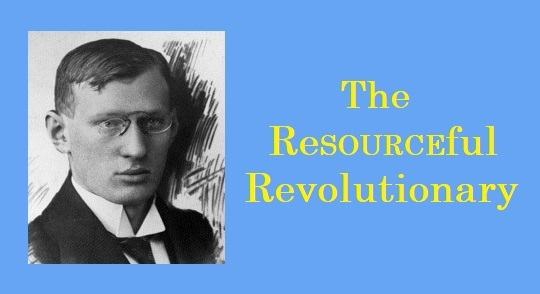
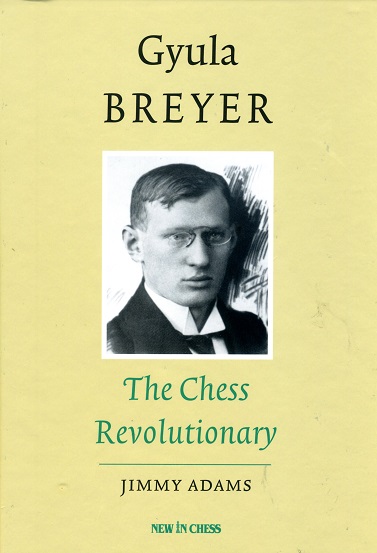


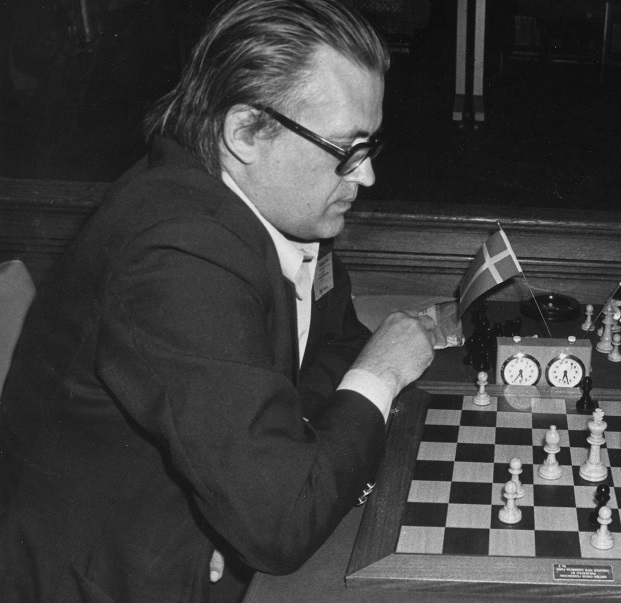
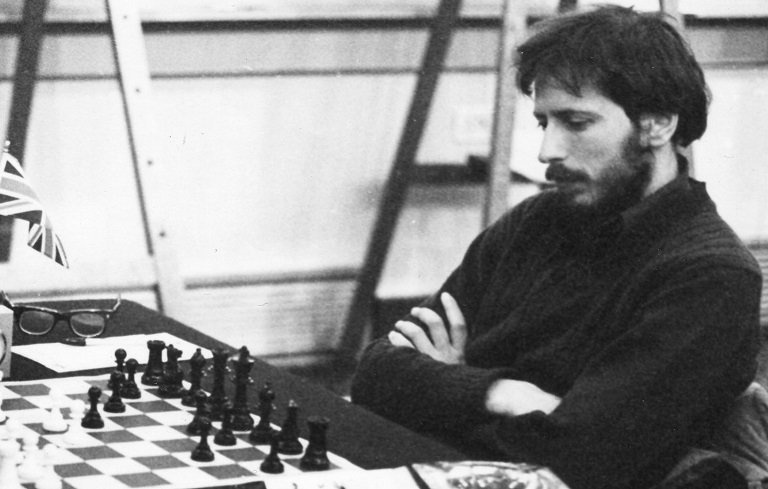
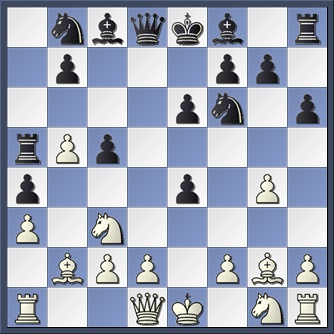
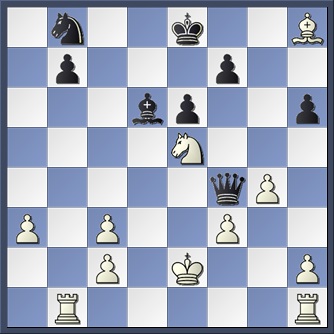
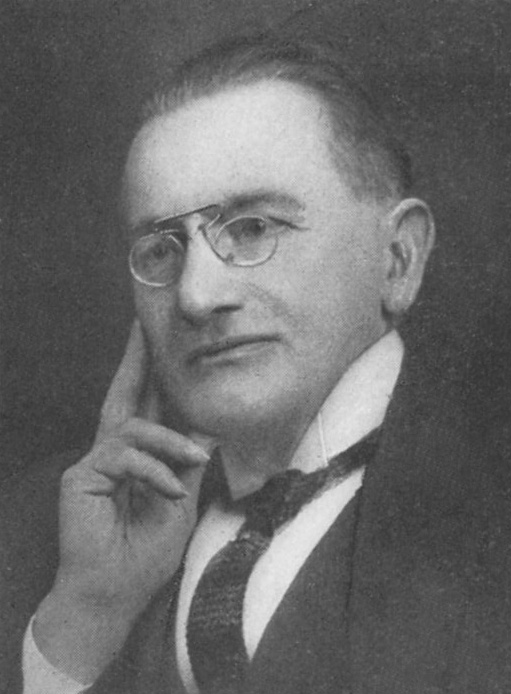
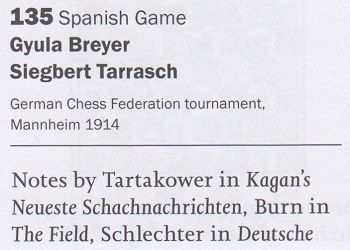
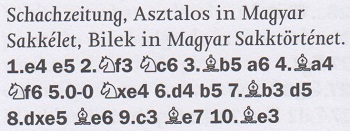
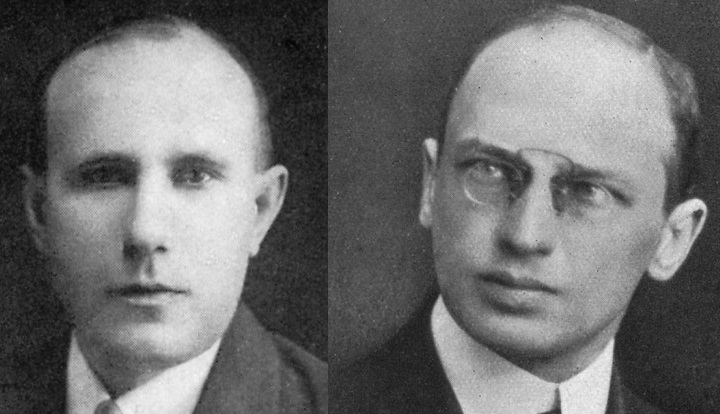
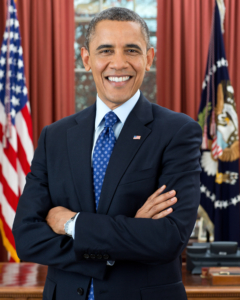
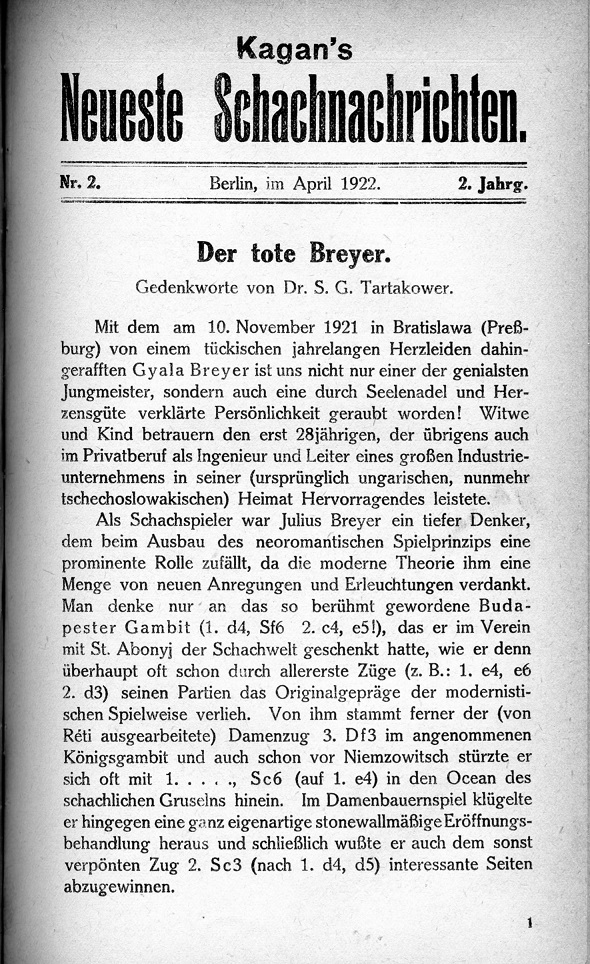
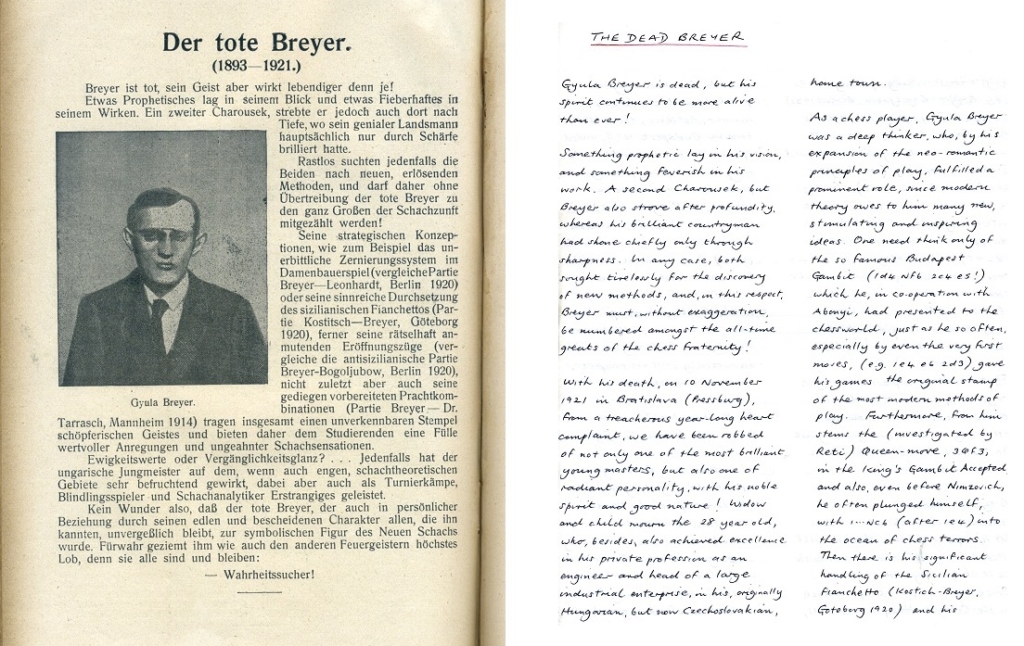


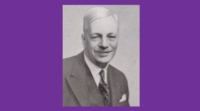
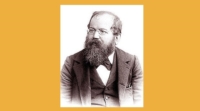
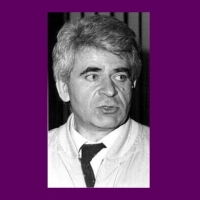
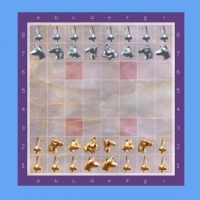

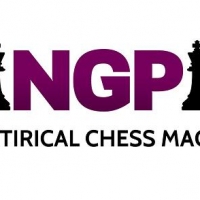
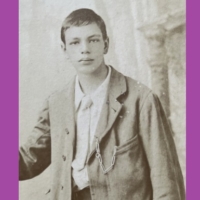
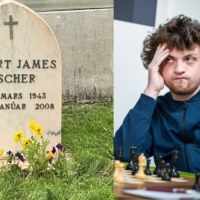
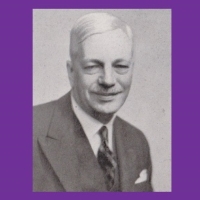
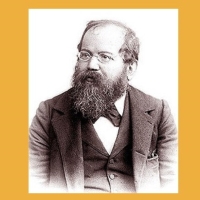
Dear Mr. Adams,
I recently purchased your book on Breyer and am thoroughly enjoying it. It is wonderful that all this material formerly only available in Hungarian is now at everyone’s disposal.
I’d like to add a word or two about the so-called lack of sourcing. I must admit that I also find it a pity that in this field the book diverts from the standards adopted in many McFarland books. For many readers this doesn’t matter, of course, but it is – from a historian’s point of view – important that the original sources can be seen, not to find errors, but to have a look at the context, see what other interpretations are possible or, that is my main reason to adhere to these, to get inspired by these sources. Years ago I purchased Bottlik’s booklet on Breyer, and the many references in it are, for me, very inspiring.
One example, to finish, why mentioning the source is truly important can be found on p. 764 of your book. Suppose that Müller in his 1955 article had given the reference to Breyer’s article. Wouldn’t that have been an enrichment for chess?!
Regards,
Hans